The C15 was already a unique and rarefied instrument with multiple, highly expressive controllers for keyboard players. But it was so rarefied it lacked some connectivity and recording features you might want – until now.
Update Studio Package released [Nonlinear Labs]
Nonlinear Labs’ reimagining of the keyboard was always something special. The company, founded by Native Instruments founder Stephan Schmitt, set out on a new path for digital interaction, a passion project from the mind that birthed Generator/Reaktor. And just as that patching environment came from an engineering perspective first, so, too, the C15 is the dream keyboard of electronic synthesis enthusiasts.
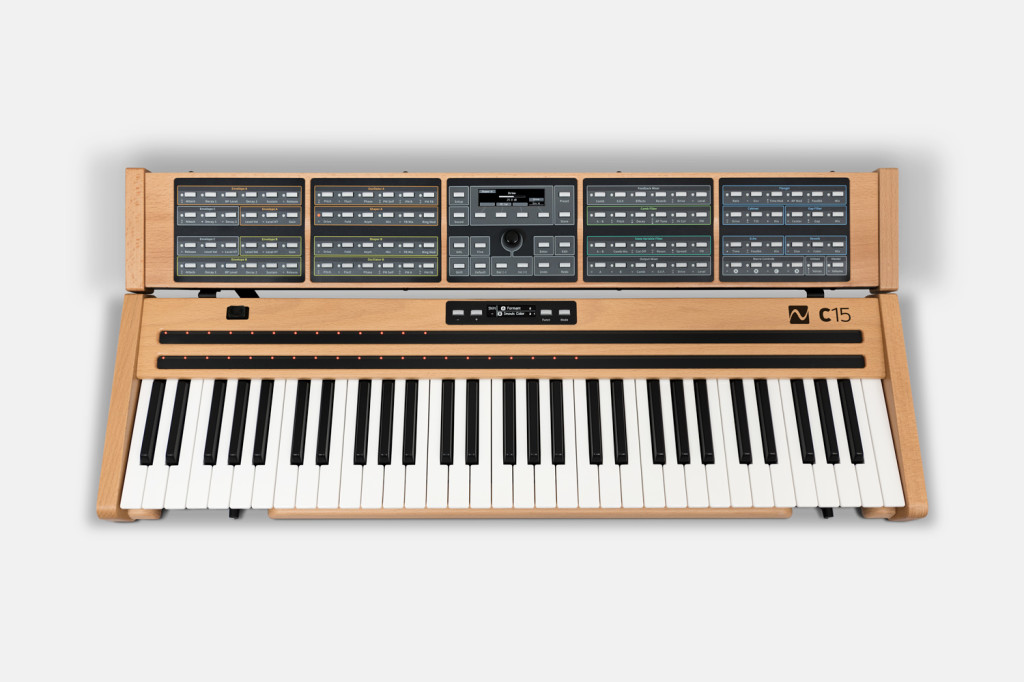
Ribbon controls? Why, how about two of them, both full-length. (Take that, Ray Kurzweil! Holy Schmitt, you’ve been outdone!) A special pitch bender. A high-end, original keybed – not the drop-in-place generic options you usually get. Wood, steel, aluminum build. A haptic layout designed “around muscle memory.”
It was also, from the start, an instrument that embraced digital. There’s a browser-based GUI when you want it, with touchscreen optimizations. And as one would hope from a company with Stephan’s name on it, there’s a deep digital synthesis engine inside, closely coupled to the interface.
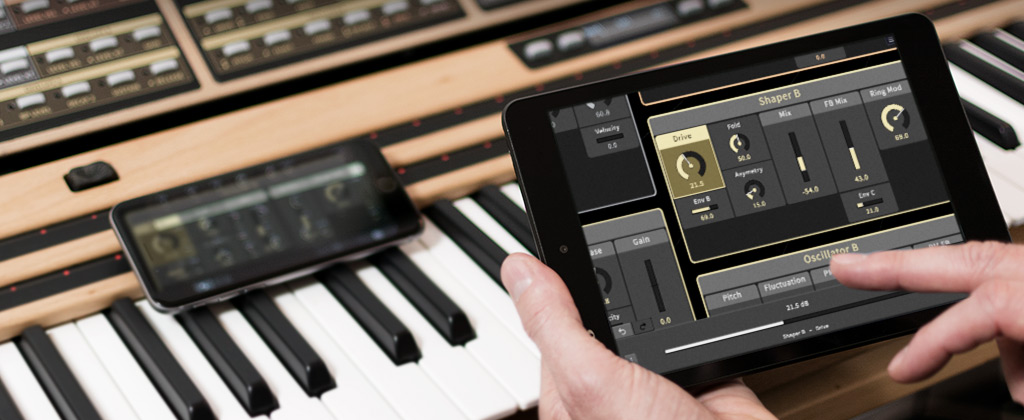
It’s just that the original C15 got a bit fanatical with its notion of a musical instrument. The creators rejected MIDI entirely – and even sequencers. You want something to happen? Use an LFO.
And, hey, from a compositional perspective, even a practical one – that’s totally valid. But… given there’s a rent-to-own plan (20 months, 200 EUR a month) that totals a 4000 € investment, maybe there is one day you might want to use MIDI for, you know, something.
Oh yeah, and all that business about you should be using LFOs or whatever, surely an integrated instrument like this ought to be able to record audio, too.
Fortunately, Nonlinear are making their way back from “evil mad scientist” vibes to “mad scientist whose stuff you want to use even if you aren’t an evil mad scientist yourself.” So last summer they began with extending the synth engine so it can do splits, layers, monophonic modes, plus adding more macros and parameters – essential for the C15’s role as an all-in-one performance axe.
And then last week they announced they’re addressing MIDI and audio recording.
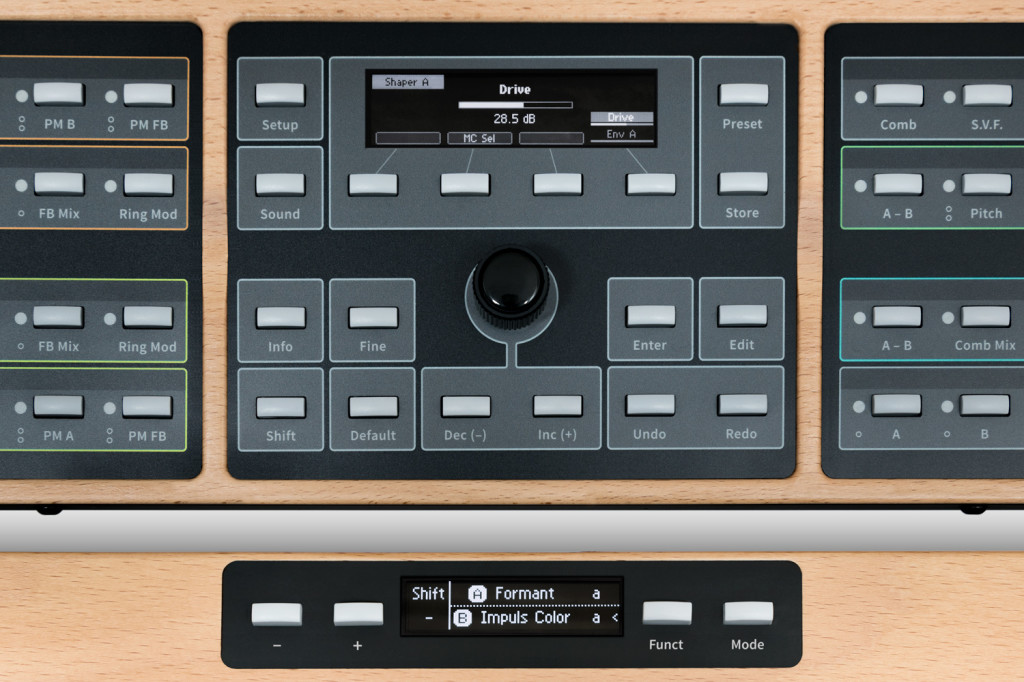
In a new update, they add USB MIDI connectivity. And after years of telling us we don’t want MIDI on this, it turns out – as always – MIDI is quite capable on this instrument.
- Transmits and receives notes, positions of the Hardware Controls, Program Changes
- Up to 90 parameters can be modulated via the Macro Controls
- 14-bit resolution for Note Velocities and for Controls available
- Separate MIDI Channels for Split zones and Parts of the synth engine available
- Local On/Off
Oh yeah – 14-bit resolution, which even on this high-end controller seems it should be more than sufficient. I was just over the weekend reading a truly horrible and inaccurate article about MIDI 2.0 which claimed that it would address the 0 to 127 limitation of pitch bend. MIDI 1.0 even in 1983 supported 14-bit data on pitch wheels. (Oh and no, MPE here is not applicable – 14-bit velocity is something entirely different and so makes more sense for this controller than MPE does.)
Basically, for lay people – conventional MIDI can use high-resolution data.
You can use any USB MIDI device and work with this. (Oh yeah… almost forgot, we even make one of those.)
That will work for connecting other hardware MIDI devices, at normal MIDI speeds. For a computer, Nonlinear Labs are also unveiling the MIDI Bridge – complete with more lovely wood and aluminum. This is a double-sided USB device – USB on both sides, not MIDI DIN – and allows high-speed transport of MIDI messages.
Plus there’s also an internal recorder, so you can grab audio as you play – totally essential on this kind of machine.
And they’ve gone all-out with this feature. It’s really a clever implementation:
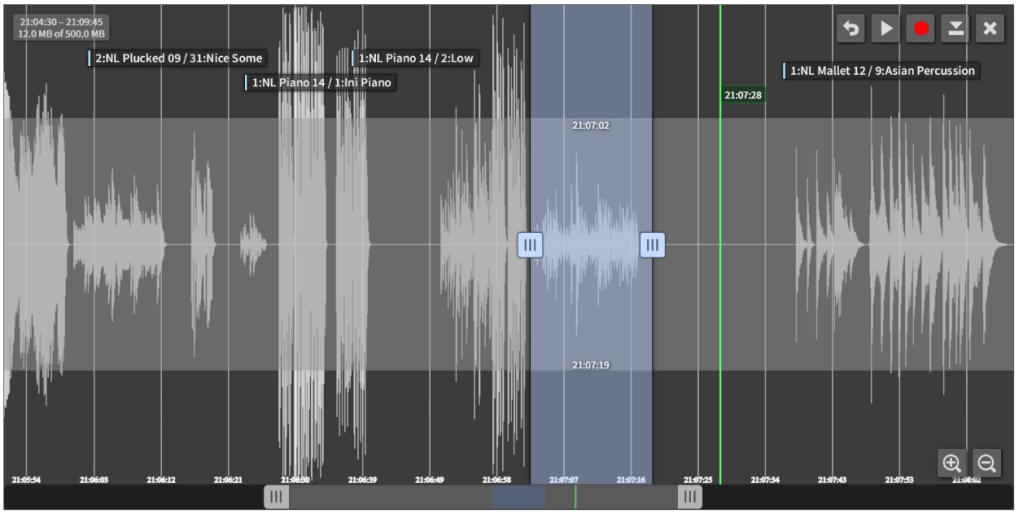
The internal recorder enables you to capture the C15’s output signal with the best possible audio quality at any time, without connecting an audio interface. From the browser-based graphical user interface you can play back the recorded audio and you can also restore the synth engine’s state at the time of the play cursor.
Selected segments of the audio can be downloaded in a lossless digital format and be used directly on your computer in your production environment. The stereo signal behind the Soft Clipper and before the D/A converter is written to the RAM, using the lossless compression of the FLAC format (24 bits, 48 kHz).
A maximum of 500 MB can be stored in the RAM. Because of the FLAC compression this is enough for hours of permanent playing and for days of recording when there are pauses in the playing. If the recorded amount of data exceeds the limit of 500 MB, the oldest data will be overwritten. So it works like a ring buffer that always contains the latest recording
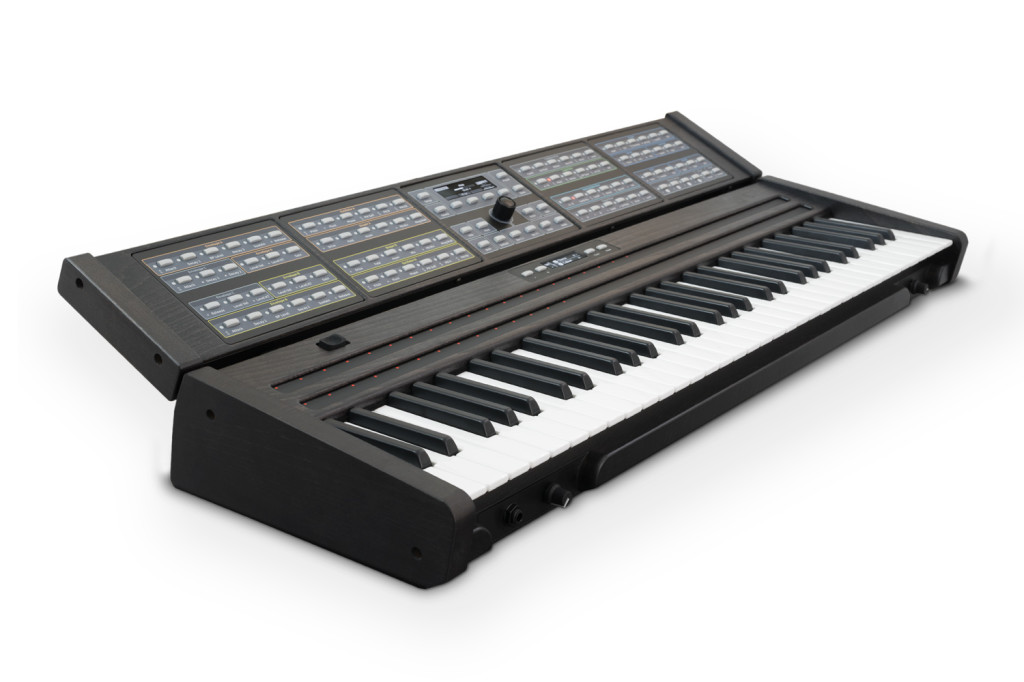
I have to say, that 200EUR/mo plan is really tempting – just for something so unique, as a livelong keyboard instrument in a world when so many of those devices feel disposable.
Here is their purchase plan, since that’s different from other folks:
https://www.nonlinear-labs.de/org/order/order.html
Stephan and his team are neighbors of ours here, so if you’re curious to hear more from Nonlinear, let us know and we can pay them a visit. It’s great to see Berlin is still a home for new, weird, specialized music tech inventions.